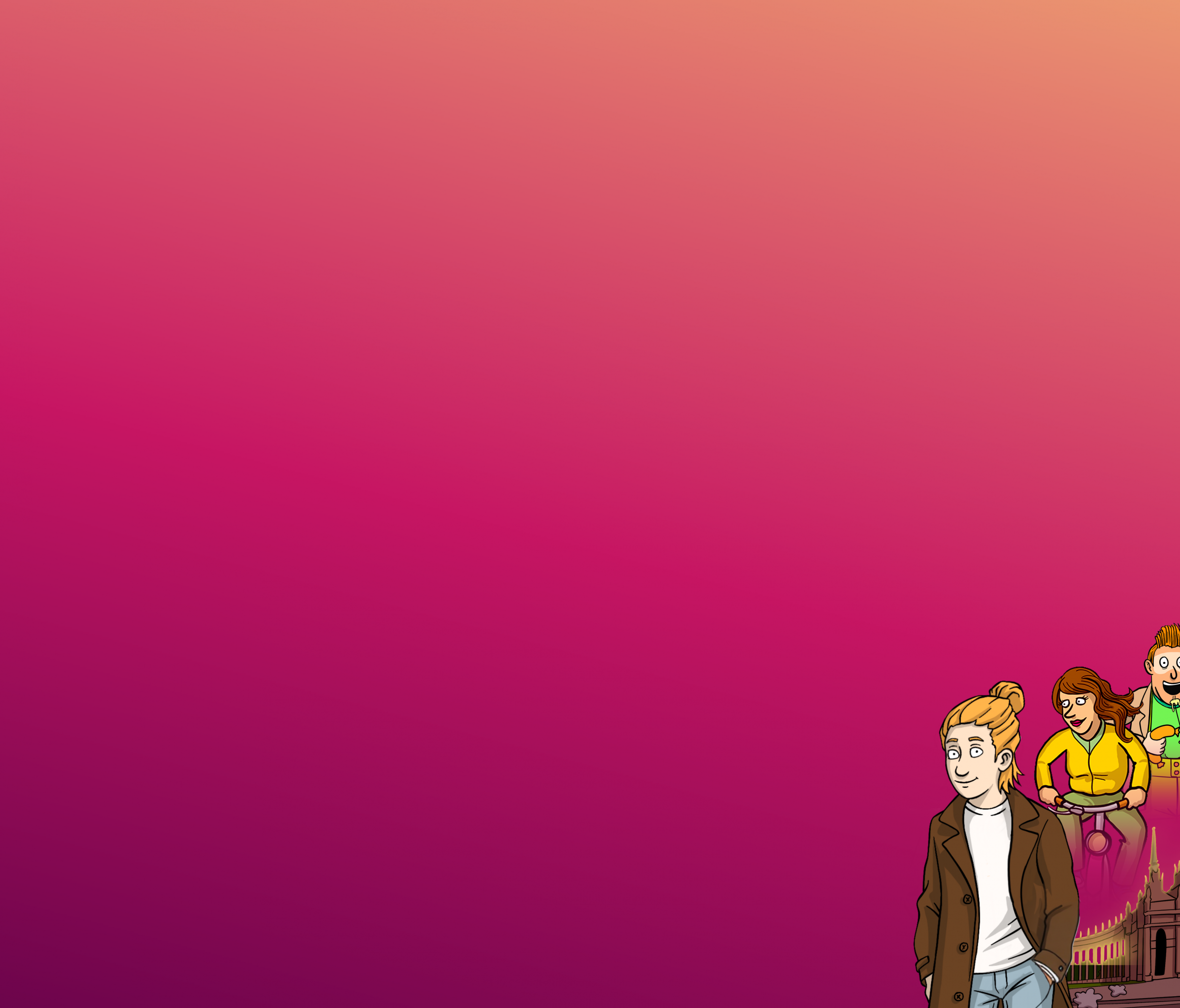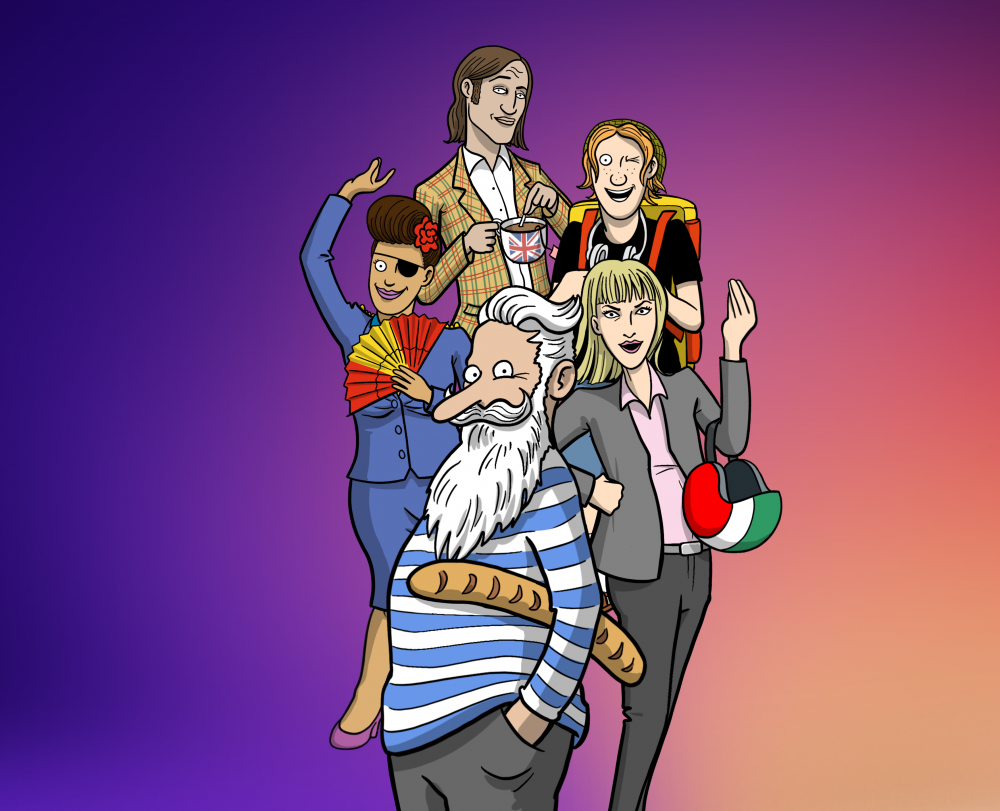The plural endings ‑e, ‑en and ‑innen
Here are a few common plural endings in German, and the kind of nouns they are generally used with:
-e:
- most masculine and neuter nouns;
das Brot - die Brote
the bread ‑ the breads
der Stuhl - die Stühle
the chair ‑ the chairs
- feminine nouns with one syllable.
die Hand - die Hände
the hand ‑ the hands
‑nen:
- feminine nouns ending in ‑in.
die Freundin - die Freundinnen
the girlfriend ‑ the girlfriends
-(e)n:
- most feminine nouns;
die Übung - die Übungen
the exercise ‑ the exercises
die Tante - die Tanten
the aunt ‑ the aunts
die Zwiebel - die Zwiebeln
the onion - the onions
- foreign words (ending in ‑ma, ‑um, ‑us);
das Thema - die Themen
the topic ‑ the topics
- masculine nouns ending in ‑e or ‑ent.
der Löwe - die Löwen
the lion - the lions
Still facing difficulties with 'The plural endings ‑e, ‑en and ‑innen'? Learn and enhance your German grammar through our online German course. Start with a free test and improve today!
What our users say:
Improve your German further and test Wunderbla, online German lessons.

